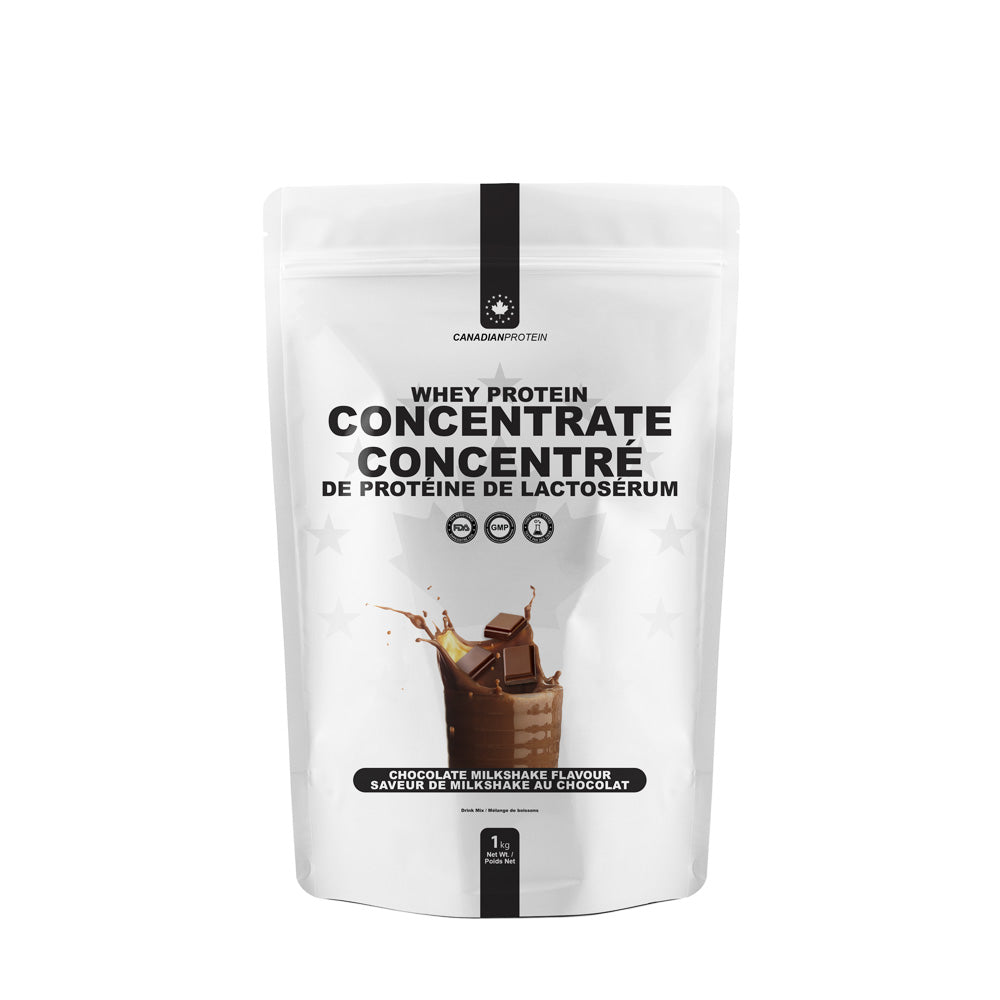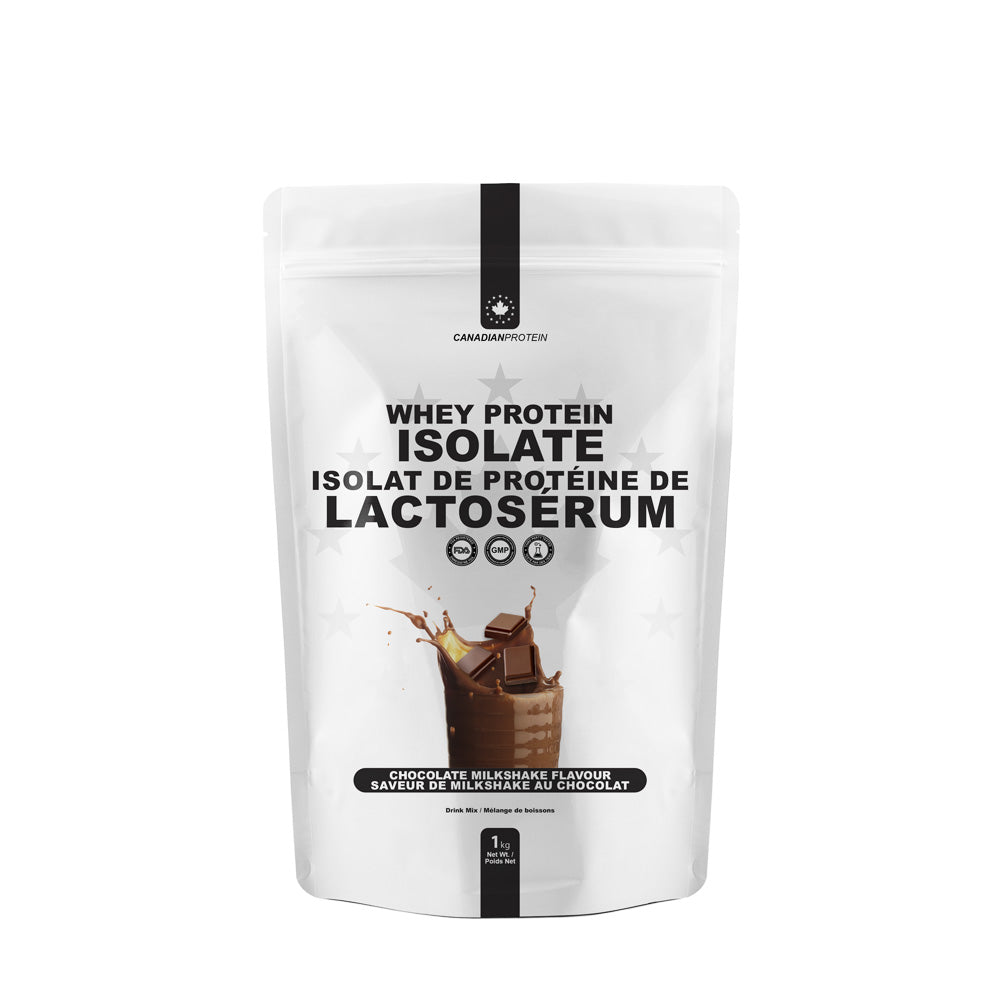We all know just how tough it is to lose weight, or rather, to rephrase things slightly, we all know just how tough it is to lose body fat. In order to burn body fat we need to clean up our diets, eat healthy foods low in unhealthy fats, make sure we aren’t consuming too many calories, and get plenty of physical exercise and activity in on a regular basis. As far as exercise for fat loss is concerned, most people’s preferred form of exercise of choice is slow and steady cardio such as going for a leisurely jog in the evening, or hopping on a treadmill and performing an hour’s worth of cardio. Whilst any form of exercise is extremely beneficial and therefore comes very highly recommended, sometimes we may need to mix things up and try new things in order to see the most impressive results. Rather than slow and steady cardio that can drag on, become boring, and drain you both physically and mentally, why not try your hand at HIIT (High Intensity Interval Training) instead? If you’re unfamiliar with HIIT, by the end of this article you’ll know everything you need to know about it, and will be itching to put on your workout gear and try your hand at it yourself. So, if you’re committed to burning fat and building a better body let’s learn a little more about HIIT.
What is HIIT?

HIIT is a form of exercise and a training method which requires followers of the training protocols to go all out with their training, alternating between several periods of slow and steady exercise, coupled with fast-paced, high intensity, physically demanding exercise, before slowing down to a slow and steady pace, and so on. Typically the workouts will involve heavy bursts of fast paced exercise, followed by slower recovery periods at a much slower pace. Some HIIT workouts however, don’t even allow for a slower recovery period, and in these instances, individuals will basically just catch their breath for several seconds before going all out again, resting again, and so on. This form of training increases your heart rate and can burn more body fat in much less time. The main reason for this is that HIIT workouts will increase the amount of oxygen required by the body during and after the workout, and will actually lead to a substantial shortage of oxygen. During the recovery process, your body will require more oxygen than usual, leading to what is known as the “afterburn effect”, or Excess Post-Exercise Oxygen Consumption (EPOC). This process is the main reason why HIIT is able to burn more calories and body fat than other forms of training, not only when you exercise, but for several hours following your workout as well.
What are the main benefits of HIIT?
Now that we know a little more about what HIIT is, here’s a look at a few of the main benefits of HIIT:
It naturally boosts your metabolism – Thanks to the “afterburn effect” of HIIT, one of the main benefits of this form of exercise is the fact that it can naturally increase your metabolism, which in turn will not only help you to lose weight and burn calories much easier, it will also provide you with much more energy in the process. Typically following a HIIT workout, your metabolism will increase, and stay increased for several hours, meaning that even in a rested state you will still be burning fat, which is very appealing to most people.

It’s extremely convenient – One of the reasons why so many of us tend to hate cardio is the fact that it’s so mind-numbingly boring. Most cardio workouts involve using a treadmill, a cross trainer, or an exercise bike at a moderate pace, for anything between 45 minutes, up to 90 minutes on average. This can obviously get pretty boring just staring at the same walls, watching the clock and just counting down the minutes until your workout is over. A typical HIIT workout however, will last just 20 – 25 minutes on average, and not only burns several hundred calories during the workout, but also burns calories afterwards as well. For people in a rush, or who simply find cardio boring, HIIT is ideal, though it is far from easy. What’s more is the fact that they don’t even have to be performed on gym equipment as you can perform them anywhere. They don’t even necessarily have to involve running at all and could involve bodyweight exercises.
Lose fat instead of muscle – Although many people tend to over exaggerate when talking about how cardio can burn muscle, slow and steady cardio performed for too long has been known to eat away at muscle tissue when the body lacked energy and obviously that’s the last thing you want. For this to occur however, we need to have been exercising for a long period of time in which natural energy resources and reserves have all been depleted. HIIT lasts between 20 and 30 minutes on average and as a result it only burns calories found in body fat, rather than muscle, so followers of a HIIT program can burn body fat and preserve lean muscle mass.
Is it effective?
Studies have found that when fat loss is the primary objective, HIIT is absolutely wonderful and has been proven on numerous occasions to be extremely effective. Just remember that in order for a HIIT workout to be effective, we need to be really exerting ourselves and pushing our bodies to the absolute limit. During the “high intensity” parts of the workout, we can’t get away with a leisurely jog, we will need to sprint as fast as our bodies will allow us to and will need to continue to sprint as fast as possible until the recovery round. Failing to push ourselves will render the workout ineffective meaning we’d be better suited to steady state cardio instead. It may sound relatively easy: running fast, walking, running fast, walking etc, but when you try it for yourself you’ll find that it’s far from easy, but highly, highly effective.













